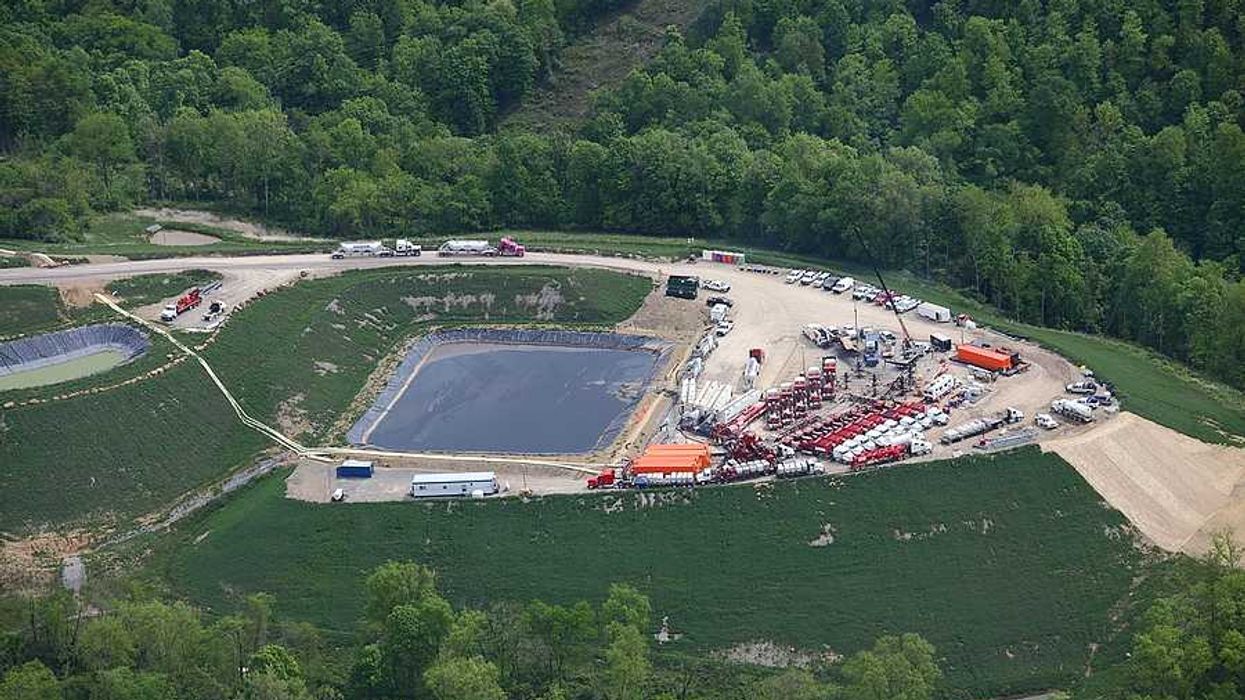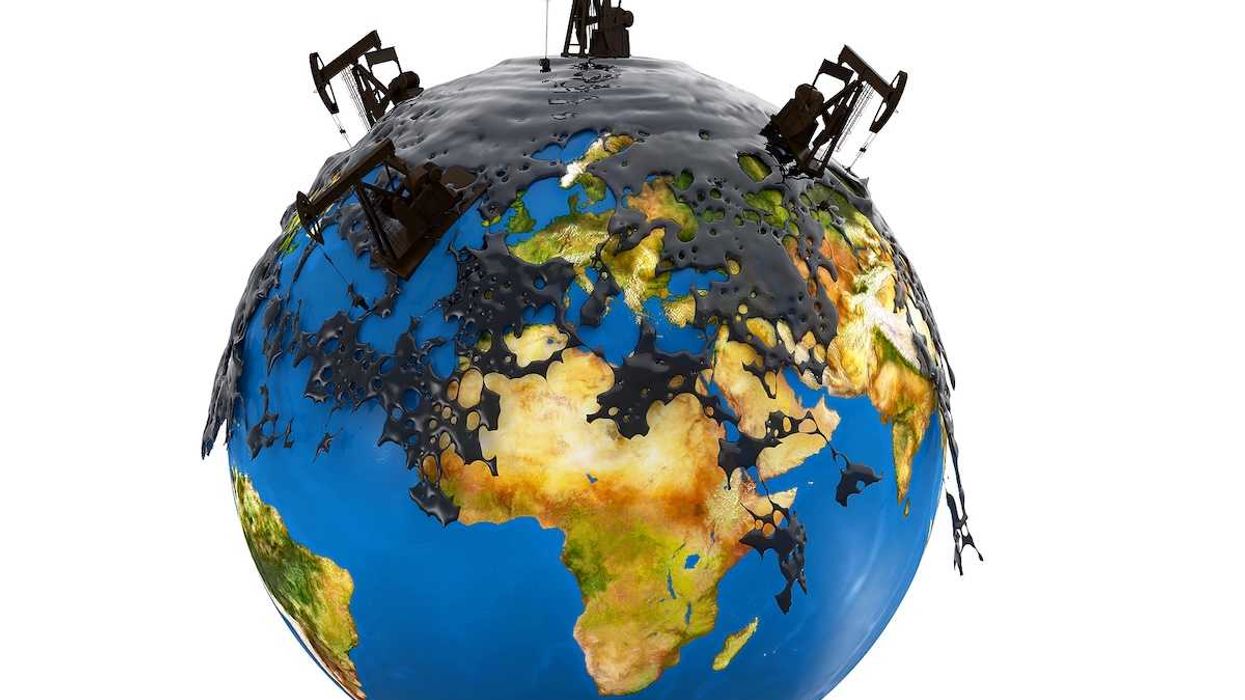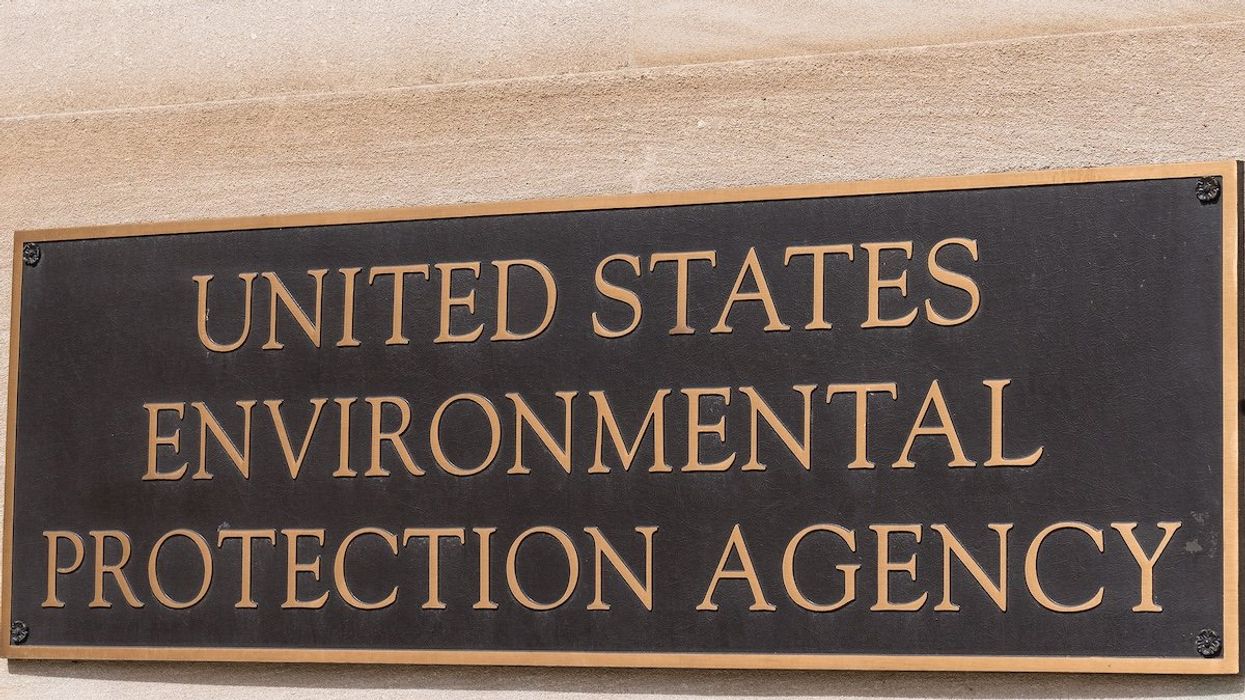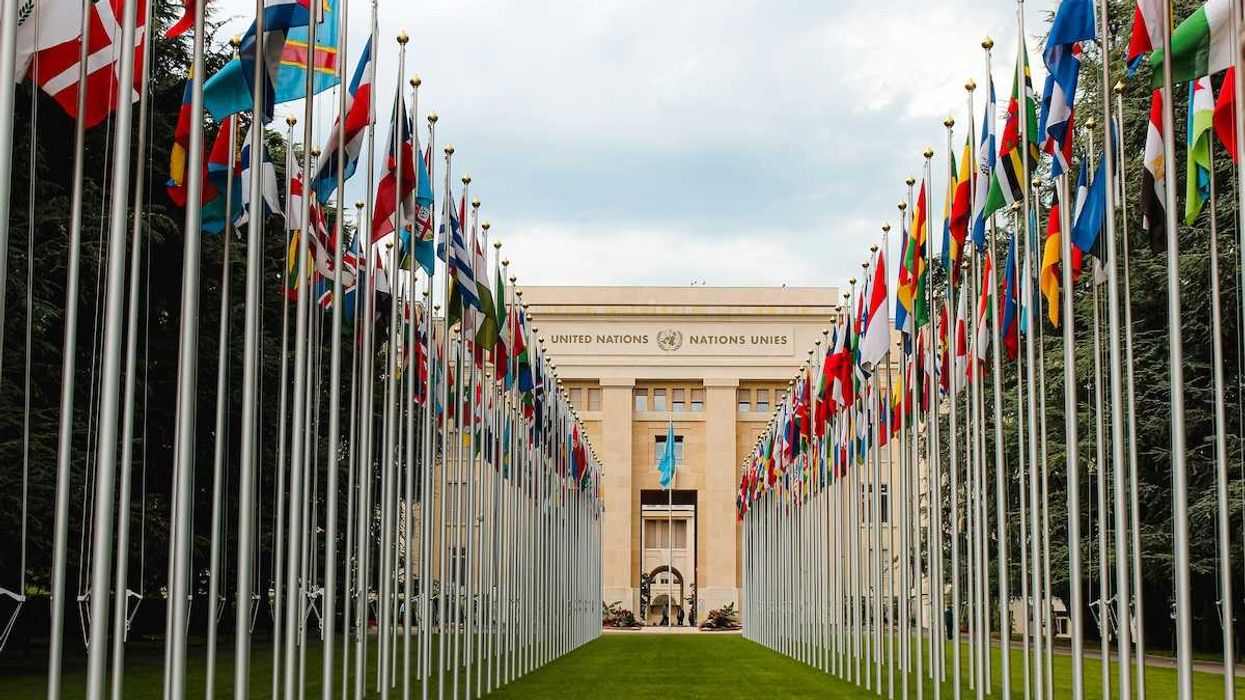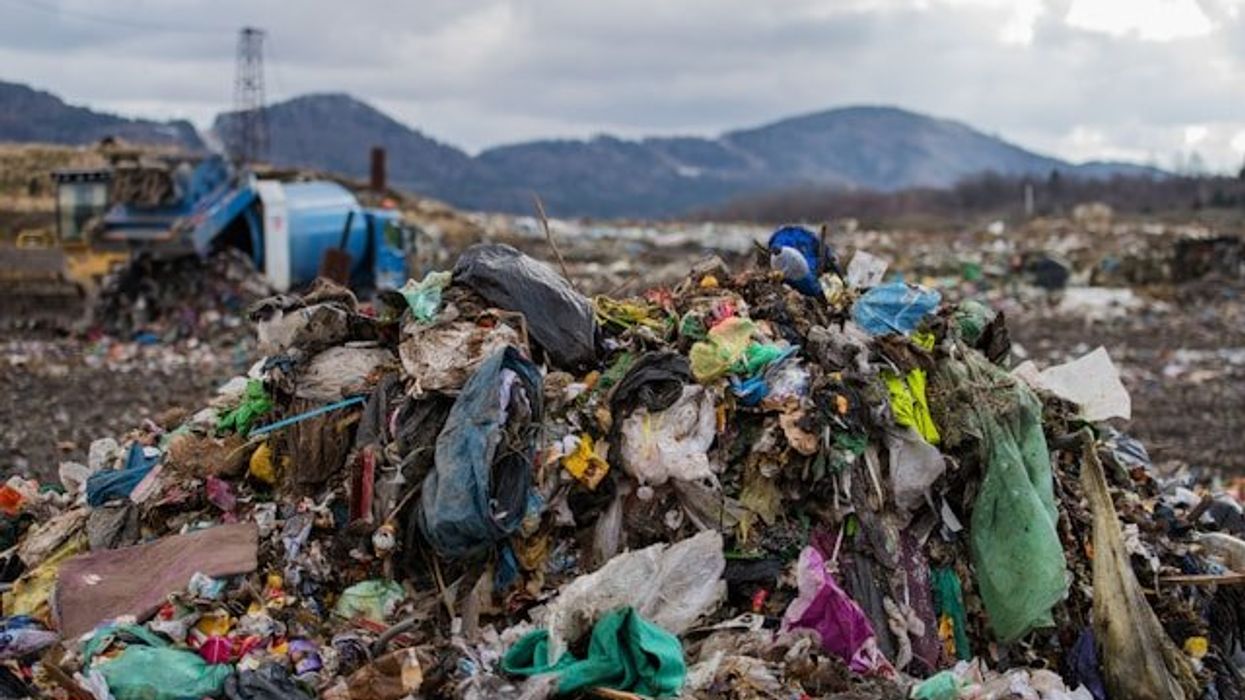Bottle caps, coffee cup lids, packing tape wire, foil, Styrofoam pellets—sounds like the ingredients for a MacGyver prison camp break out, right?
Not quite—this is what Canadian researchers are finding in the stomachs of freshwater birds across the country, including birds like long-tailed ducks and loons, which prefer more remote, wild areas.
The new research suggests Canada’s freshwater birds, just like their ocean-dwelling counterparts, are at risk from our plastic-saturated lifestyles.
“We think of urban mallards or gulls around cities picking up contamination, but you think of long-tailed ducks or something … a person into wildlife would associate them with wild places,” said Mark Mallory, a professor and Canada research chair in coastal wetland ecosystems at Acadia University. “It’s kind of shocking really.”
Canada long-tailed duck. (Credit: Duncan Rawlinson/flickr)
A routine dissection two years ago by a graduate student in Mallory’s lab found mallards and black ducks had plastics and metals in their gizzards, the hind part of a bird’s stomach. Mallory had been studying plastic pollution in Arctic Ocean birds. “Finding that in freshwater birds surprised us quite a bit,” he said.
Working with another graduate student, Erika Holland, Mallory teamed with hunters and various organizations to collect 350 freshwater birds—18 species of ducks, geese, loons— across Canada. They found plastics in 10 of the 18 species and 11 percent of the birds total. The results were published last month in the journal Science of the Total Environment.
While much research has looked at plastic pollution in ocean birds, little was known previously about Canada’s inland waterfowl.
“I’m surprised and not surprised," said Doug Tozer, an Ontario program scientist at the Bird Studies Canada organization who was not involved in the study. "You don’t really have to even read the literature, just go down to the beach and this plastic stuff is everywhere.”
Triggering stomach sensors and toxics
Such pollution can hurt birds in three main ways: first it can block up their system if the plastic can’t pass into the intestine, said Jennifer Provencher, who is finishing her Ph.D. at Carleton University studying the diet and pollution in Arctic birds.
“One of the biggest problems is it causes them to feel full so they stop eating,” said Provencher, who was not involved in the current study. “It’s like the feeling after Thanksgiving—imagine a bird ingesting a whole bunch of plastic, then the sensors in the stomach signal to the brain ‘not hungry’, so they don’t eat.”
Also the garbage can puncture the birds stomach.
“In a freshwater gull we once saw wires, like the gauge of coat hanger, sticking right out through the gizzard,” Mallory said. “There was an infection and sores where it perforated out.”
The third risk to birds is pollutants that are on the plastic. Some plastic already has harmful chemicals built right in, and then it can pick up more chemicals from the water. “Birds ingest the plastic, it sits inside their oily stomach contents, contaminants are desorbed off the plastics and taken up by birds,” Provencher said.
Mallory said he’s pretty much seen it all inside the birds.
“Almost anything you can think of, things like bottle caps, bits of plastic containers like a margarine container, coffee cup lids, various Styrofoam like the kinds from disposal coolers … then some gross stuff like Band Aids.
“Once we found an entire hamburger wrapper,” he said.
From sea to inland lakes
It’s unclear what impact such pollution is having on Canada’s freshwater bird populations. Tozer said that the latest bird population report from Bird Studies Canada showed that waterfowl populations are doing well and climbing steadily since the 1970s.
"You don’t really have to even read the literature, just go down to the beach and this plastic stuff is everywhere."-Doug Tozer, Bird Studies Canada“But we still have to add this to the list of factors these birds have to face,” he said.
Researchers have been reporting plastic pollution in the ocean and freshwater lakes for years and increasingly find it in wildlife.
In oceans, for example, scientists estimate that 90 percent of seabirds now eat plastic trash. “This threat is geographically widespread, pervasive, and rapidly increasing,” wrote the researchers who made the estimate in a study published last year in Proceedings of the National Academy of Science.
There is less research on freshwater birds. A study last year reported that about 11 percent of 140 mallards, black ducks and common eider tested in Canada had plastic in them. However, it wasn’t clear whether the birds were contaminated during time they spent near oceans or freshwater.
Because of the size, vastness and currents of oceans, researchers usually can’t tell where the plastic pollution came from, Provencher said. “But freshwater offers a lot more evidence of local sources, local pollution.”
She said that while plastic is pervasive and not likely to go away anytime soon, that doesn’t mean this is a lost cause. In fact, a lesson most of us learned in kindergarten could help out our feathered friends.
“It may sounds corny but the old reduce, reuse, recycle model is still the best one to follow,” she said. “We need to think about what things do we actually need to have plastic and how can we prevent more things from going into the landfill.”








